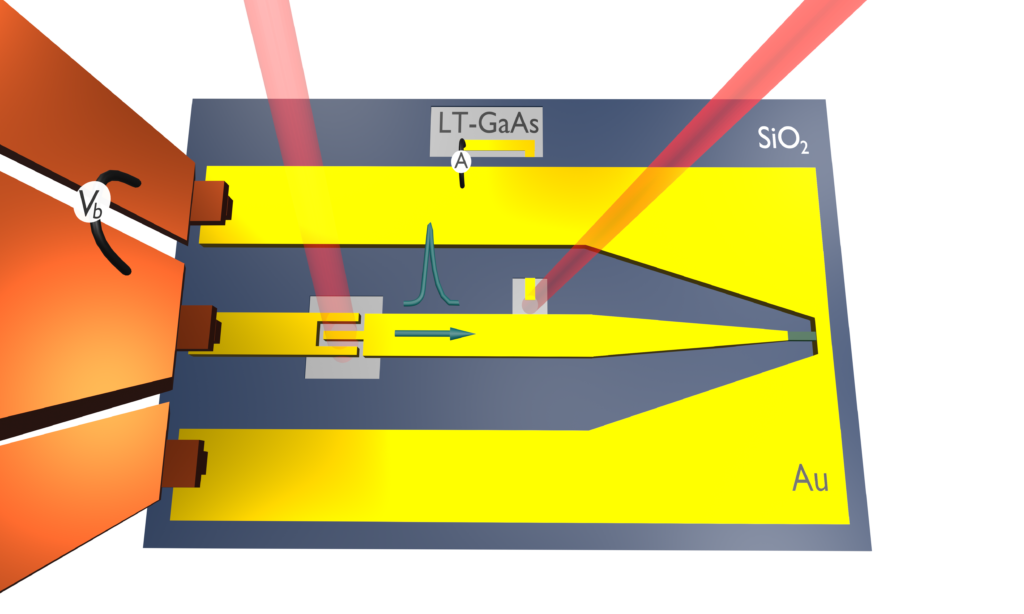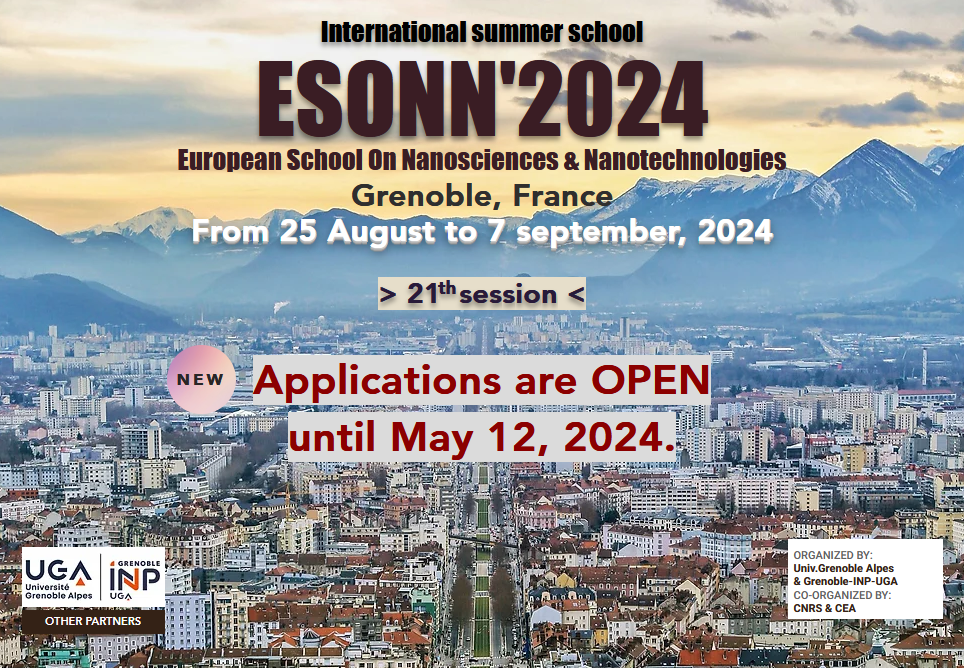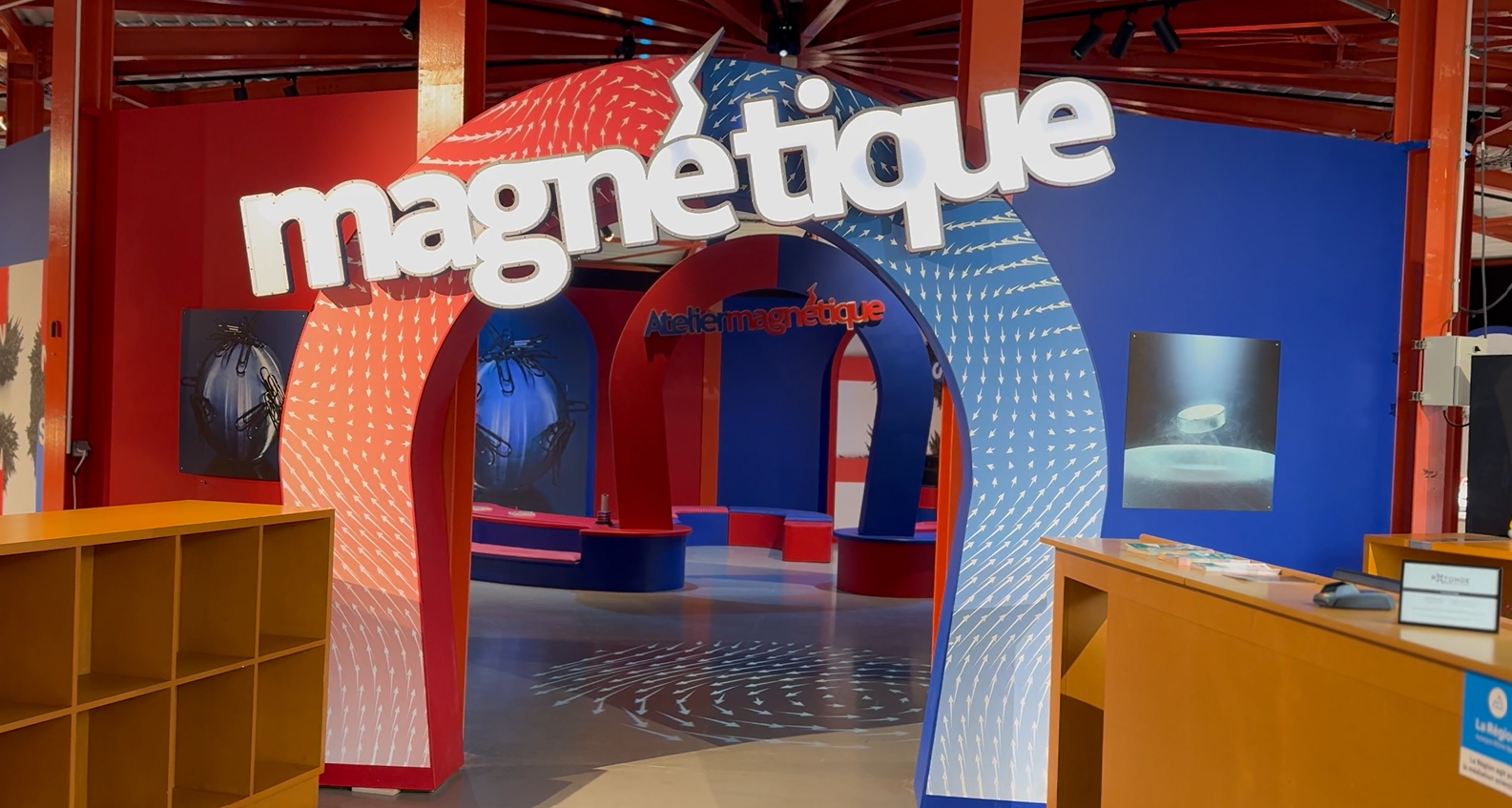#LePapierDuMois | september 2024: “Energy-efficient picosecond spin–orbit torque magnetization switching in ferro- and ferrimagnetic films
“
Researchers from the TOAST Targeted Project have focused on spin-orbit torque magnetization switching in their latest paper, “Energy-efficient picosecond spin–orbit torque magnetization switching in ferro- and ferrimagnetic films,” published on September 26 in Nature Nanotechnology.

©Jon Gorchon, CNRS Researcher at Jean Lamour Institute
The use of magnetism (spin) in technology offers a new degree of freedom compared to conventional electronics, as well as new functionalities. In particular, the use of spin could help develop faster and more energy-efficient devices. A key factor in increasing the speed of spintronic devices is the ability to manipulate magnets in the terahertz range and to fully understand the underlying physics.
To this end, researchers have focused on spin-orbit torque magnetization switching. This phenomenon allows the magnetization of a magnetic layer to be reversed by passing an electric current through the layer, exploiting what are known as “spin-orbit” effects. In 2020, the team demonstrated the ability to reverse the magnetization of a thin cobalt layer using a single 6-picosecond pulse, setting a speed record (Jhuria et al., Nature Electronics 3, 680–686 (2020)). In this study, they also confirmed that the reversal was indeed due to ultra-fast spin-orbit torques.
Since then, a central question remained unanswered: what is the energy required for this reversal using such short pulses? Although fast, is it still energy-efficient?
This work, previously published in Diaz et al., Appl. Phys. Lett. 123, 141106 (2023), allowed them to measure the energy carried by electrical pulses in the picosecond regime. They then extended the pulse duration into the microsecond range by combining several different techniques, and broadened the study to include other ferromagnetic and ferrimagnetic materials. The result: a study spanning over 7 orders of magnitude in pulse duration across 3 different materials, revealing a universal trend in energy consumption— the shorter the pulse, the greater the energy efficiency!
Additionally, the researchers compared energy consumption between current pulses and light pulses, another phenomenon known as all-optical magnetization switching. Here too, they demonstrated that picosecond electrical pulses were more energy-efficient. Finally, through numerical simulations, they understood that as pulses become shorter, the reversal becomes more coherent—meaning the magnetization of all parts of the sample follows the exact same dynamics, like synchronized musicians in an orchestra.
This work proposes a new approach to studying magnetization switching across pulse ranges from Hz to THz. The results reveal a general trend in energy efficiency across three samples of extremely different natures. These findings are promising for the TOAST project, as they demonstrate that the manipulation of magnetic information using THz waves is possible across various systems, while remaining energy-efficient.
Co-autors: Eva Diaz, Alberto Anadon, Pablo Olleros-Rodriguez, Harjinder Singh, Héloïse Damas, Paolo Perna, Martina Morassi, Aristide Lemaître, Michel Hehn


